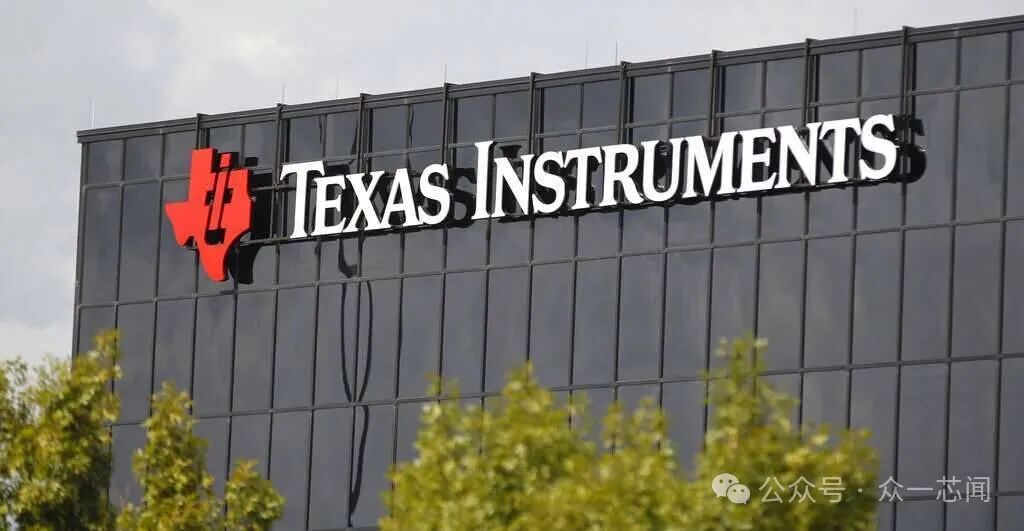Texas Instruments Financial Report Analysis
Texas Instruments (TXN.US) reported a strong performance in Q1 2025, exceeding market expectations, with significant year-on-year growth in revenue and profit, and an optimistic outlook for Q2. However, there are potential challenges such as declining gross margins, tariff risks, and cash flow pressures.

The following analysis covers financial performance, business structure, market dynamics, and risks:
1.Core Financial Performance
- Revenue and Profit Growth Exceeds Expectations
- Revenue: Q1 revenue reached $4.07 billion, up 11.14% year-on-year (compared to $3.66 billion in Q1 2024), and up 2% quarter-on-quarter, marking the first year-on-year positive growth since Q4 2022.
- Net Profit: Q1 net profit was $1.18 billion, up 6.70% year-on-year, with an EPS of $1.28 (higher than the market expectation of $1.07).
- Gross Margin and Net Margin: Gross margin was 56.84% (down 0.66% year-on-year), and net margin was 28.98% (down 4.00% year-on-year), with rising costs and capacity expansion putting pressure on profitability.
- Operating Cash Flow: Q1 was $849 million, down 16.52% year-on-year.
- Capital Expenditure: Q1 capital expenditure was $1.12 billion, slightly below the market expectation of $1.18 billion, primarily for capacity expansion (such as the new factory in Texas).
2.Business Structure and Market Performance
-
Business Composition
Business Segment Revenue (Billion USD) Revenue Share Year-on-Year Revenue Change Operating Profit (Billion USD) Year-on-Year Operating Profit Change Analog Chips 3.21 78.89% +13% 1.206 +20% Embedded Processing 0.647 15.90% -1% 0.04 -62% Other Businesses 0.212 5.21% +23% 0.078 -55%
- Analog Chips: Revenue was $3.21 billion (accounting for 78.89%), up 13% year-on-year, with operating profit of $1.206 billion (up 20% year-on-year), benefiting from the demand for automotive electrification and industrial automation.
- Embedded Processing: Revenue was $647 million (down 1% year-on-year), with operating profit of $40 million (down 62% year-on-year), constrained by market competition and rising costs.
- Other Businesses: Revenue was $212 million (up 23% year-on-year), but operating profit declined by 55% due to restructuring costs.
Market Recovery and Demand Drivers
- Industrial and Automotive Markets: The industrial sector is experiencing a comprehensive recovery (covering all channels and regions), with significant contributions from the automotive market offsetting the seasonal decline in personal consumer electronics.
- Tariff Response Strategy: Chinese customers contribute 20% of revenue, and the company can flexibly adjust its supply chain to mitigate tariff impacts.
3.Future Outlook and Risks
- Optimistic Performance Guidance
- Q2 Expectations: Revenue is expected to be between $4.17 billion and $4.53 billion, with EPS between $1.21 and $1.47, reflecting management’s confidence in demand recovery.
- Long-term Strategy: Focus on “geopolitically reliable capacity” and supply chain flexibility, with plans to continue expanding 300mm wafer capacity.
- Tariffs and Geopolitics: US-China tariff threats may lead to increased supply chain costs, with approximately 20% of revenue dependent on the Chinese market.
- Cost Pressures: Gross margins continue to be under pressure (down 0.66% year-on-year in Q1), and new capacity ramp-up may further increase short-term costs.
- Market Competition: The significant decline in embedded processing business profits reflects intensified competition in the niche market.
Conclusion
Texas Instruments’ Q1 financial report demonstrates demand recovery and business resilience, with analog chips driving growth and the recovery of the industrial and automotive markets as key highlights. Despite facing short-term cost and tariff pressures, the optimistic Q2 guidance and supply chain flexibility provide support.
